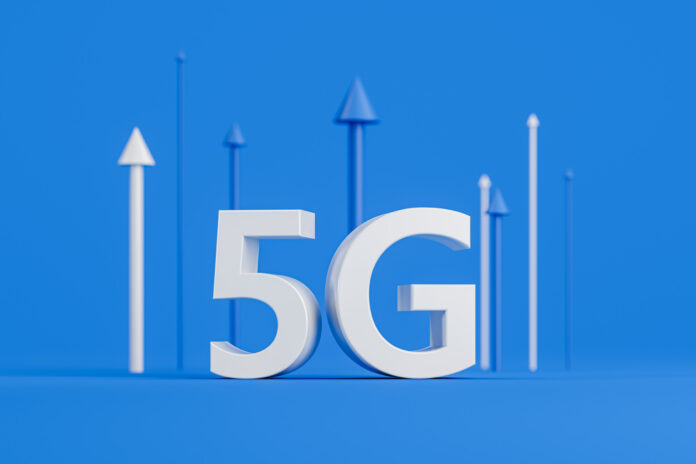KDDI plans to start deploying this technology across Japan starting in 2026
In sum – what you need to know:
KDDI to deploy AMD-powered 5G by 2026 – Japanese operator KDDI will adopt AMD’s 4th Gen EPYC processors to boost the performance and energy efficiency of its 5G virtualized network, with nationwide rollout starting in 2026.
Efficient chips for growing 5G demand – AMD’s EPYC CPUs use advanced chiplet technology to handle higher traffic loads with less power, supporting KDDI’s push for scalable, energy-efficient mobile infrastructure.
AI-ready infrastructure on the horizon – The partnership will also explore how EPYC chips can be optimized for AI workloads.
Japanese operator KDDI Corporation and AMD announced a new technology partnership under which KDDI will adopt AMD’s 4th Generation EPYC processors to improve the performance and energy efficiency of its 5G virtualized network.
In a release, the Japanese telco noted that testing of the new system will start in 2025. It added that it plans to roll it out across Japan starting in 2026.
AMD’s EPYC processors use advanced chiplet technology that allows for more processing cores in one CPU. This helps deliver high-speed performance while using less power. KDDI aims to use these chips to handle more 5G traffic while reducing energy use.
Under the terms of the agreement, the pair will also test how these CPUs can be used more effectively, especially in AI-driven data centers.
The carrier’s president Hiroji Matsuda said: “We’re proud to work with AMD to improve our 5G network’s performance and reduce energy use. We believe AMD’s top-tier chip technology will help us build better data centers for the AI era.”
“We’re excited to support KDDI’s efforts to upgrade Japan’s 5G systems. Our EPYC processors will help them deliver faster, more efficient networks and prepare for the next generation of AI-powered data centers,” AMD CEO Lisa Su said.
Together, the two companies will support next-generation communications with a focus on improving performance and saving energy for a better user experience, the telco added.
KDDI and Google Cloud Japan had recently signed a Memorandum of Understanding (MoU) to explore the future of AI in Japan. The partnership will center around Google’s advanced Gemini generative AI model, with plans to integrate it into KDDI’s domestic infrastructure, such as the Osaka Sakai data center, within fiscal year 2025.
This initiative aligns with Google Cloud’s strategy of localizing AI infrastructure and services to meet regulatory and performance needs specific to Japan. By leveraging KDDI’s telecommunications expertise and Google Cloud’s AI leadership, the companies aim to deliver accessible, high-performance AI capabilities to both enterprises and consumers.
The Japanese company said that technical testing is set to begin immediately, opening the door for services that combine AI, edge connectivity and satellite communication.
The carrier is also putting the focus on future 6G networks. Last month, Samsung Electronics and KDDI Research, the R&D institute of KDDI, had signed a Memorandum of Understanding (MoU) for joint research into the application of artificial intelligence (AI) in next-generation mobile communication networks.
As 6G standardization gains momentum with AI technology expanding across industries, the two companies said they aim to enhance overall network performance by applying AI to multiple-input multiple-output (MIMO) technologies.
Last year, KDDI Corporation and SoftBank said they have agreed to start discussions to potentially expand the scope of their ongoing collaborative initiative for jointly building 5G networks in Japan through their joint venture 5G JAPAN Corporation.
Specifically, the carriers said they would consider expanding applicable coverage areas from rural areas to areas nationwide and to explore the mutual utilization of 4G base station assets, in addition to the current scope of 5G assets, among other initiatives.
Earlier this month, KDDI Corporation and Okinawa Cellular had launched a service dubbed au Starlink Direct, which claims to be Japan’s first direct-to-cell satellite communication service. KDDI noted that its au customers can use their existing smartphones to send and receive messages via Starlink satellites — enabling connectivity even in the most remote parts of Japan.

